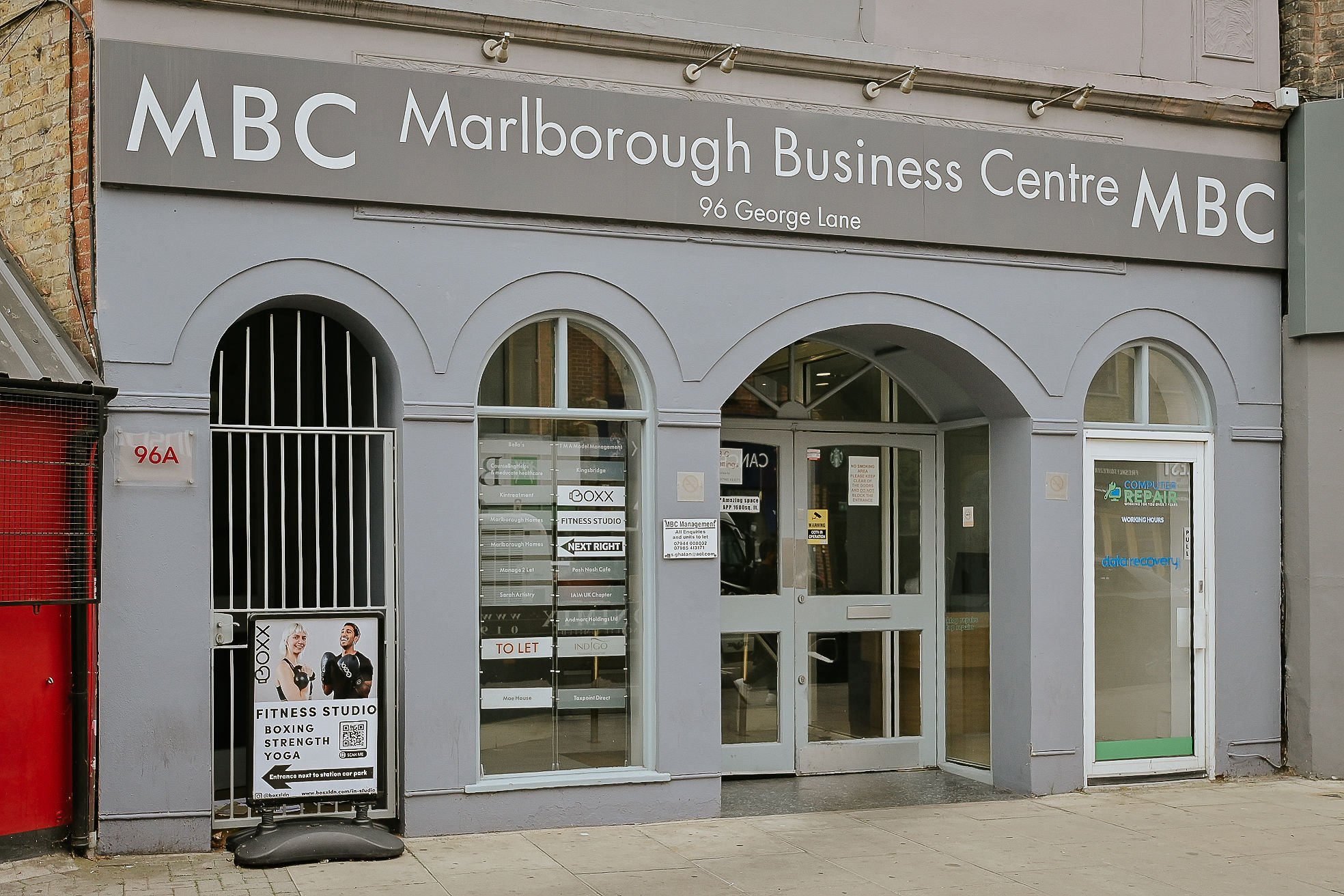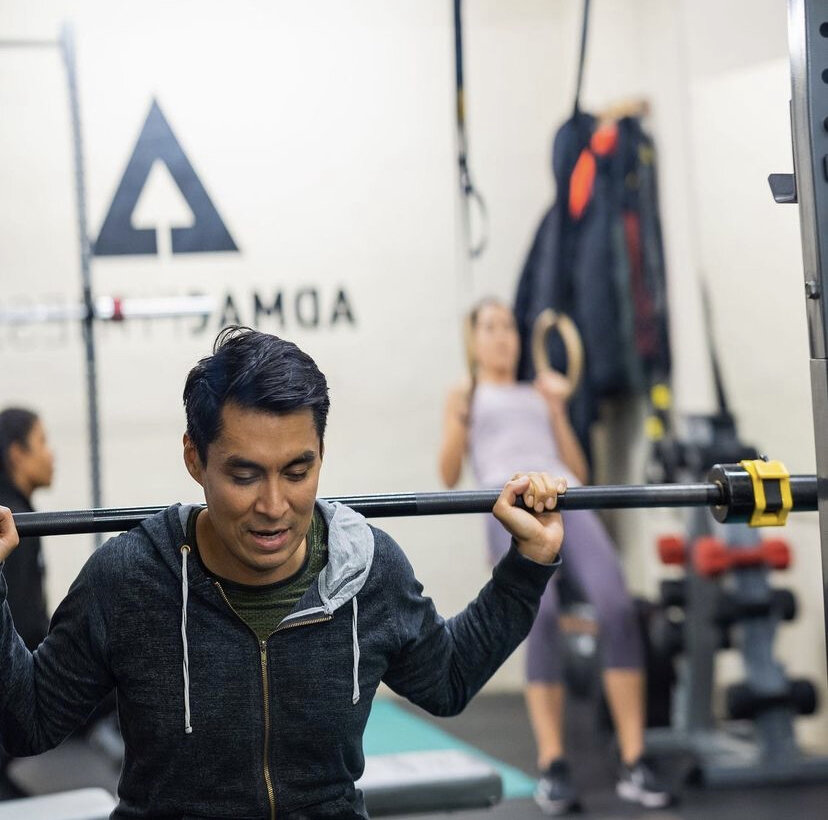If you’re looking for a personal trainer in South Woodford, your search just got a whole load easier. Adam MacAllister, owner of AdMac Fitness, one of East London’s premier personal training businesses has just expanded into a new South Woodford PT studio.
AdMac fitness has established itself as one of the go-to names in East London personal training. The business has been built steadily since 2015, growing from Adam alone to a full time team of 5 personal trainers working out of their studio in Bow, E3.
The move to open a new personal training studio in South Woodford came about during the summer, when a unit in Marlborough Business Centre on George Lane became available. With the Bow Personal Training studio operating at capacity, the decision to open up a new fitness studio in South Woodford was an easy one.
Rather than just do a rinse and repeat of the Bow PT studio, Adam decided to really place the emphasis on the personal element of personal training, opening a single-person unit. The idea is the client can train in an environment they’re absolutely comfortable in, and their only focus is on themselves and their training. No distractions, no worrying about other people watching… just pure focus on working hard and getting their job done.
Results driven personal training in South Woodford
Boasting a fully equipped personal training studio, the AdMac Fitness South Woodford centre is perfect for anyone who really wants to focus their attention on maximising their fitness.
Too often in a workout, people are easily distracted by their phones, by the TV, by watching fellow gym goers. It means much of their time in the gym is wasted, because their attention is elsewhere and time that could be spent training, is spent unproductively.
That’s not the case here!
The studio is purposely minimalist, with all of the attention on helping the client get the results they want to. Each session with your personal trainer is a chance to move yourself closer to your goals.
With hundreds of dramatic transformations achieved over the years, when you train at AdMac Fitness South Woodford, you know you’re in the best hands. There’s a lot of personal trainers who will promise the earth and when it comes to delivery, they’re out of their depth. They lack the experience of dealing with different clients, programming excellent, efficient workouts and making the fitness journey an enjoyable one.
A library of transformations from Adam’s personal training career shows he delivers results…
Booking your South Woodford Personal Training sessions
At AdMac Fitness South Woodford we have personal trainers available with different specialities, so we can offer the ideal personal trainer to help you achieve your goals.
The private personal training studio is based at…
Unit 4 Marlborough Business Centre, 96 George Lane, South Woodford, London, E18 1AD
For more information on who we are, what we do and how we can help you achieve your health and fitness goals, contact us on… 07921465108 or email us at admacfitness@gmail.com. We look forward to hearing from you!

















































